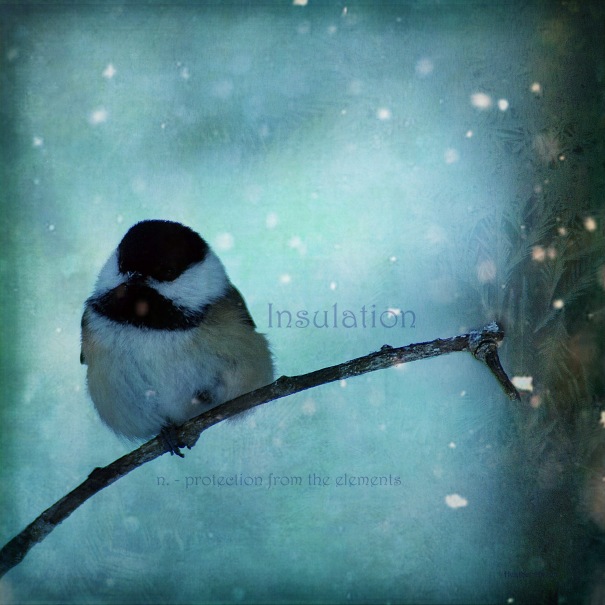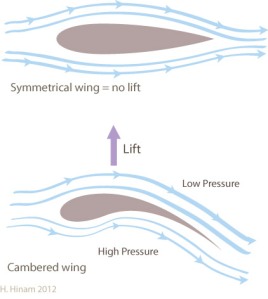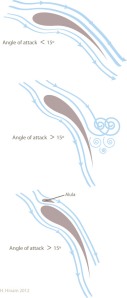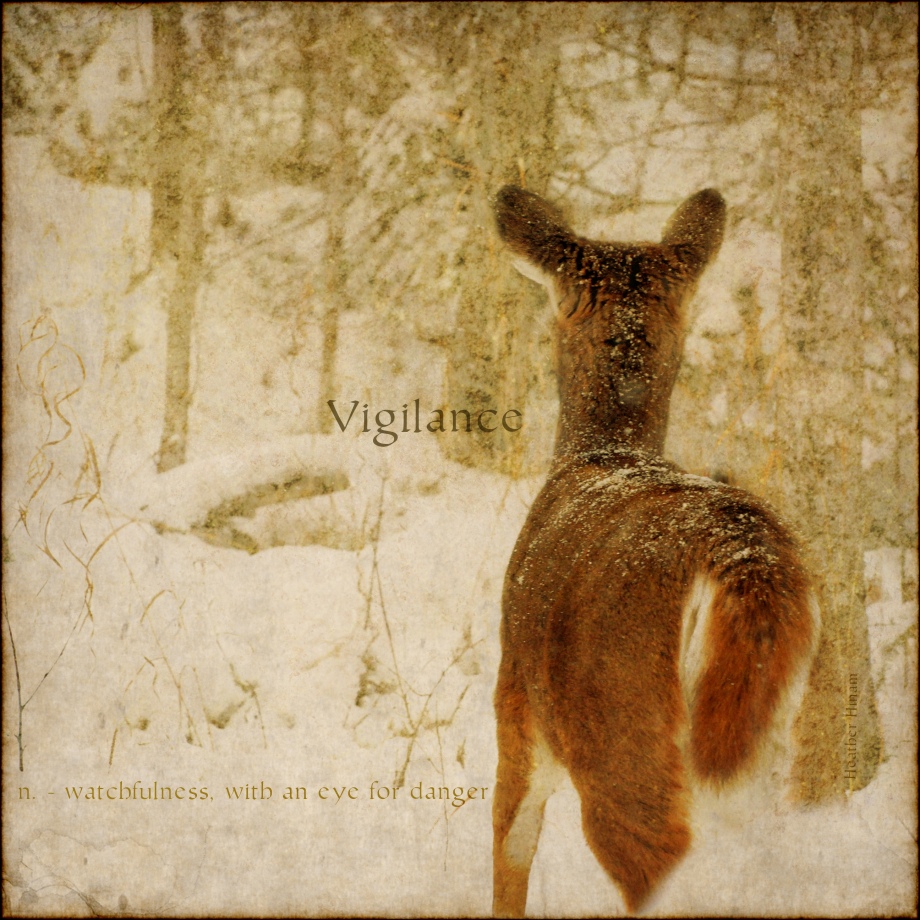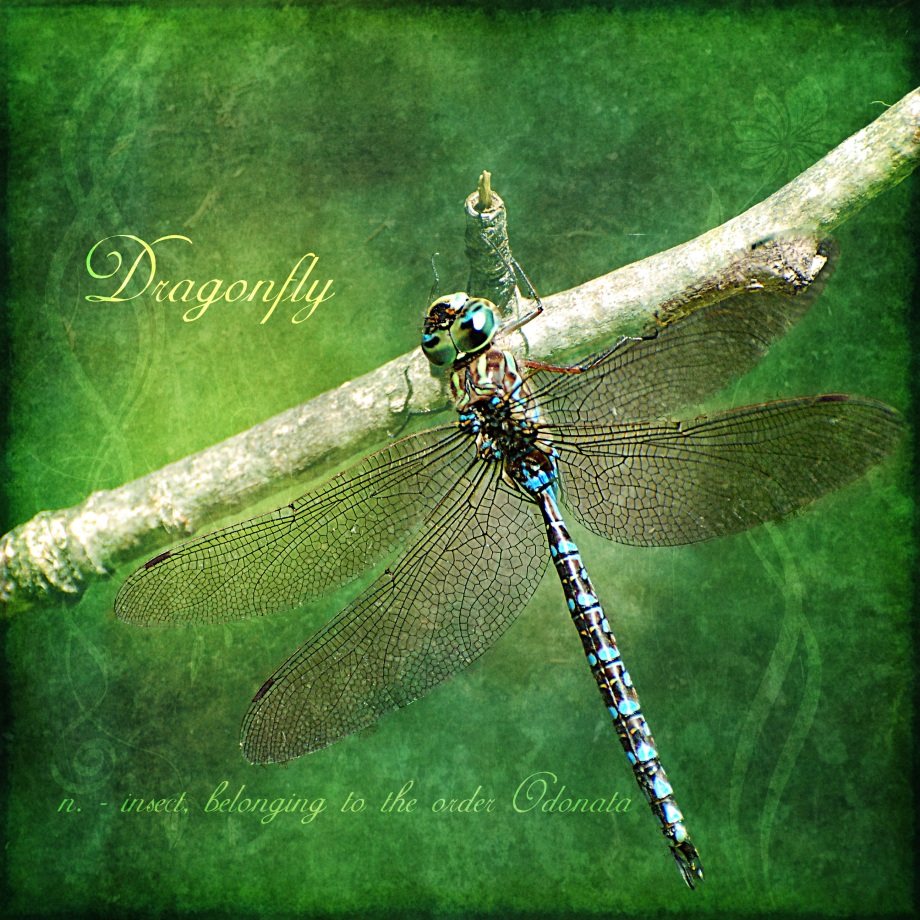 Although growing up, I was very much a tomboy, climbing trees and mucking around in the bush and ditches near my house, my relationship with insects was more typical of most city girls. I didn’t like them. I thought nothing of swatting a house fly and I’m sad to say that I’ve run, screaming, away from a pursuing horsefly or the longhorn beetles that show up around August at the cottage.
Although growing up, I was very much a tomboy, climbing trees and mucking around in the bush and ditches near my house, my relationship with insects was more typical of most city girls. I didn’t like them. I thought nothing of swatting a house fly and I’m sad to say that I’ve run, screaming, away from a pursuing horsefly or the longhorn beetles that show up around August at the cottage.
However, as I’ve aged, my impression of insects has evolved quite a bit. As I’ve grown to appreciate the amazing beauty and complexity of our natural world, I find myself drawn more often to those things that used to frighten or disgust me to re-examine them with my new perspective on life. I’m pleased to report that I’ve developed a new appreciation for longhorn beetles.
However, the one group of insects has always fascinated me, even as a child, is the dragonflies. I have a vivid memory of canoeing with my father down the La Salle River, south of Winnipeg, when a dragonfly landed on my knee. I was rapt as I carefully held my lower half as still as I could while paddling to ensure my visitor a smooth ride, wanting to keep it with me as long as possible.
I’m not the only one with this fascination. There’s just something about these bejewelled predators that captures the imagination. I see representations of dragonflies everywhere, on t-shirts, in wind chimes and other household decorations, on jewellery and even fridge magnets. I think most people simply find them attractive, with their iridescent colours and delicate wings. They’re also ‘benevolent bugs’ from the human standpoint, voraciously devouring our ‘undesirables’ like mosquitoes and black flies.
Even with all of this goodwill, I don’t think the average person really knows all that much about them. Dragonflies, and damselflies belong to the order Odonata (toothed ones), which contains some of the most ancient and largest insects ever known. There are over 5,900 living species, with nearly 100 of them found in Manitoba.
They’ve been around a long time, with the earliest fossil Protodonata (pre-dragonflies) dating to around 325 million years ago. They were also a lot larger then, with wingspans reaching nearly a metre. I’m not sure we would’ve been so fond of them if they were still that size. When these insects first took to the air, they were the monarchs of the skies, feeding on whatever flew into their path. Vertebrates were only just crawling out of the water and so dragonflies had little competition and few predators. The benefits of being big, however, only lasted until dinosaurs started coming into their own.
Although they’ve become much smaller over time, the overall structure of a dragonfly hasn’t really changed all that much in 250 million years. These bugs are built to hunt on the wing. Their compound eyes are enormous relative to the size of their body and over 80% of their brain function is devoted to analyzing the visual input from the up to 30,000 ommatidia (facets) that make up each eye. Having eyes made up of independent facets results in an incredible ability to detect movement because they can see in just about all directions at once.
This hyped-up visual centre can also detect parts of the colour spectrum that we can’t. Human eyes have three types of opsins, light-sensitive proteins that detect red, green and blue light. Diurnal dragonflies have four or five types of opsins arranged very specifically throughout each compound eye, with blue and UV receptors pointed up and longer wavelength receptors pointed down, likely to maximize their efficiency.
With amazing visual acuity, the ability to focus on one prey item at the expense of all else, almost all of their limbs facing towards the head and prehensile labia (mouthparts), they can snatch their prey out of the air with about a 95% success rate.
The last part of this deadly equation is their stunning aerial ability. We’ve all seen them dive and weave, hover and back-up, all while reaching speeds of nearly 50 km/h. Dragonfly flight is actually very complicated, probably the most complex process of all flying organisms. With four wings that can move independently of each other and dynamic airfoils that can flex around several angles, things can get complicated and scientists are still trying to sort it all out with the help of high-speed film.
They can make use of the classical lift that keeps planes in the air and a back and forth figure-eight stroke much like hummingbirds as well as take advantage of the vortices they create. Some can turn 360 degrees around the axis of their bodies with the wings on one side stroking forward and the other side stroking back in one coordinated movement. All of it is driven by a circuit of 16 neurons hard-wiring the brain to the highly developed motor muscles in the thorax.
So, the next time you catch the flash of a dragonfly as it zips along, take a moment to marvel at these truly ancient wonders of the natural world.
 Even if you can somehow go through your entire life without ever seeing a bird, chances are very good that you will still have some experience with feathers. Whether displayed in a hatband, stuffed into a pillow or quilt or tied together at the end of a duster, feathers are a fairly ubiquitous part of the world around us and certainly the defining characteristic of the group of flying vertebrates we know today as birds.
Even if you can somehow go through your entire life without ever seeing a bird, chances are very good that you will still have some experience with feathers. Whether displayed in a hatband, stuffed into a pillow or quilt or tied together at the end of a duster, feathers are a fairly ubiquitous part of the world around us and certainly the defining characteristic of the group of flying vertebrates we know today as birds.